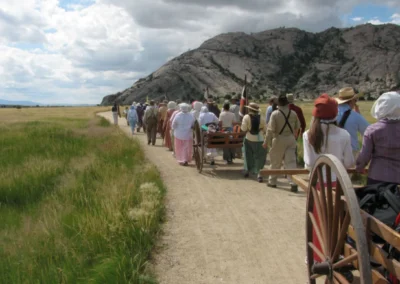
A Kentucky Genealogical Society member discovered new sources of information about her ancestors who worked for ...

Sometimes an email, a phone call, or a message board can open a family history book to something much ...

After the Civil War, some formerly enslaved people sought reparations in courts of law. The most successful among ...

Clues about our ancestors’ lives are scattered over multiple counties. Learn the keys to finding these free resources.

Kentuckians played a significant role in the War of 1812. Approximately 24,000 Kentuckians served during the ...

Join our Genetic Genealogy Book Club this spring. Enjoy lively discussions and connect with fellow genealogists.

See how Kentucky went from 9 counties to 120 counties - just like that.

Pogue Library, on the Murray State University campus, has many genealogy records for those searching for western Kentucky ancestors.

Co-Presidents Kathy Keyser and Susan Court represented the Society at RootsTech in Salt Lake City, Utah, on March ...

Searching for the identity of an unnamed Kentucky Civil War soldier in a cherished family album led to surprising ...

In the ever-evolving world of social media, staying connected and sharing knowledge has become a vital part of the genealogical community. For Kentucky family historians, BlueSky offers a fresh and promising platform to enhance collaboration, share resources, and uncover family stories. Let’s take a closer look at what BlueSky is, its unique features, and how it differs from other social media platforms like Twitter, Instagram, TikTok, and Facebook.

It’s the perfect season to cozy up with a great book! If you enjoy stories about how genetic genealogy is used to solve crimes, we’d love for you to join our Winter Book Club.
No results found.
